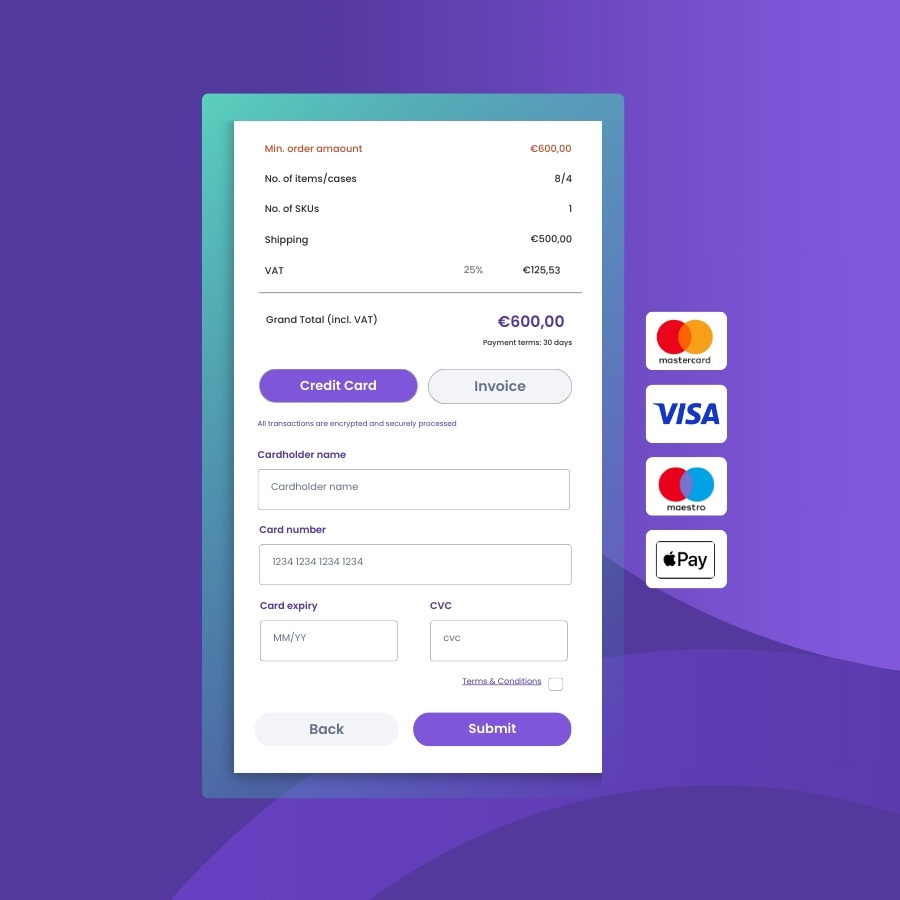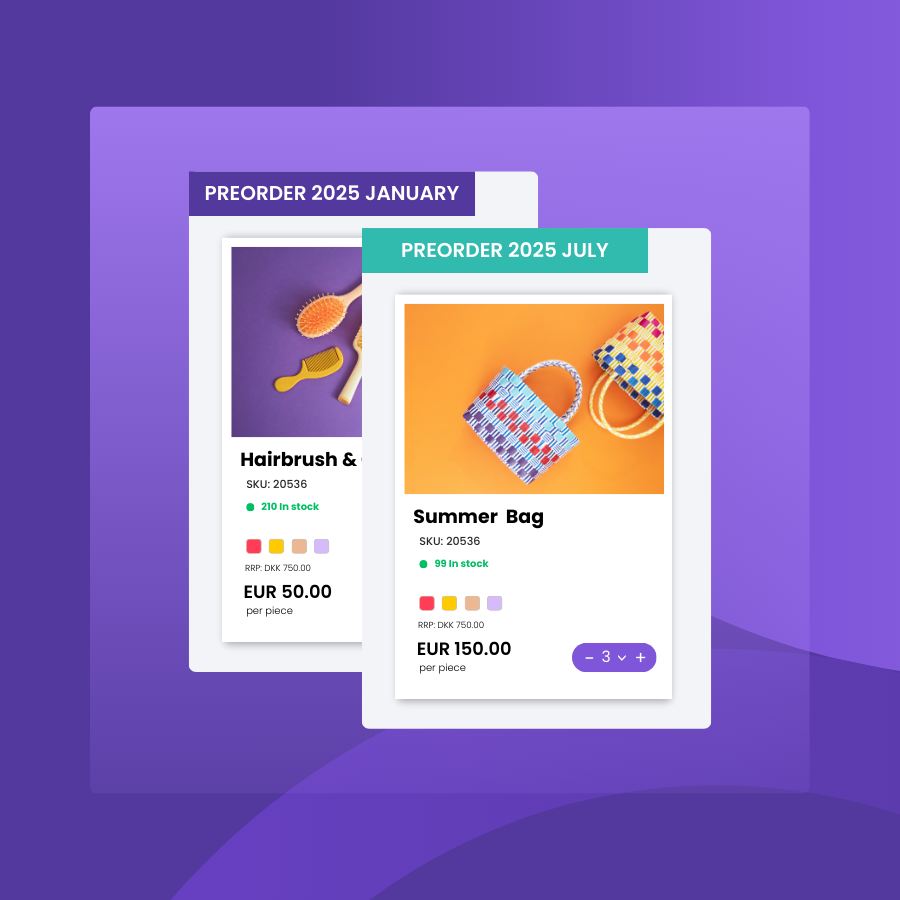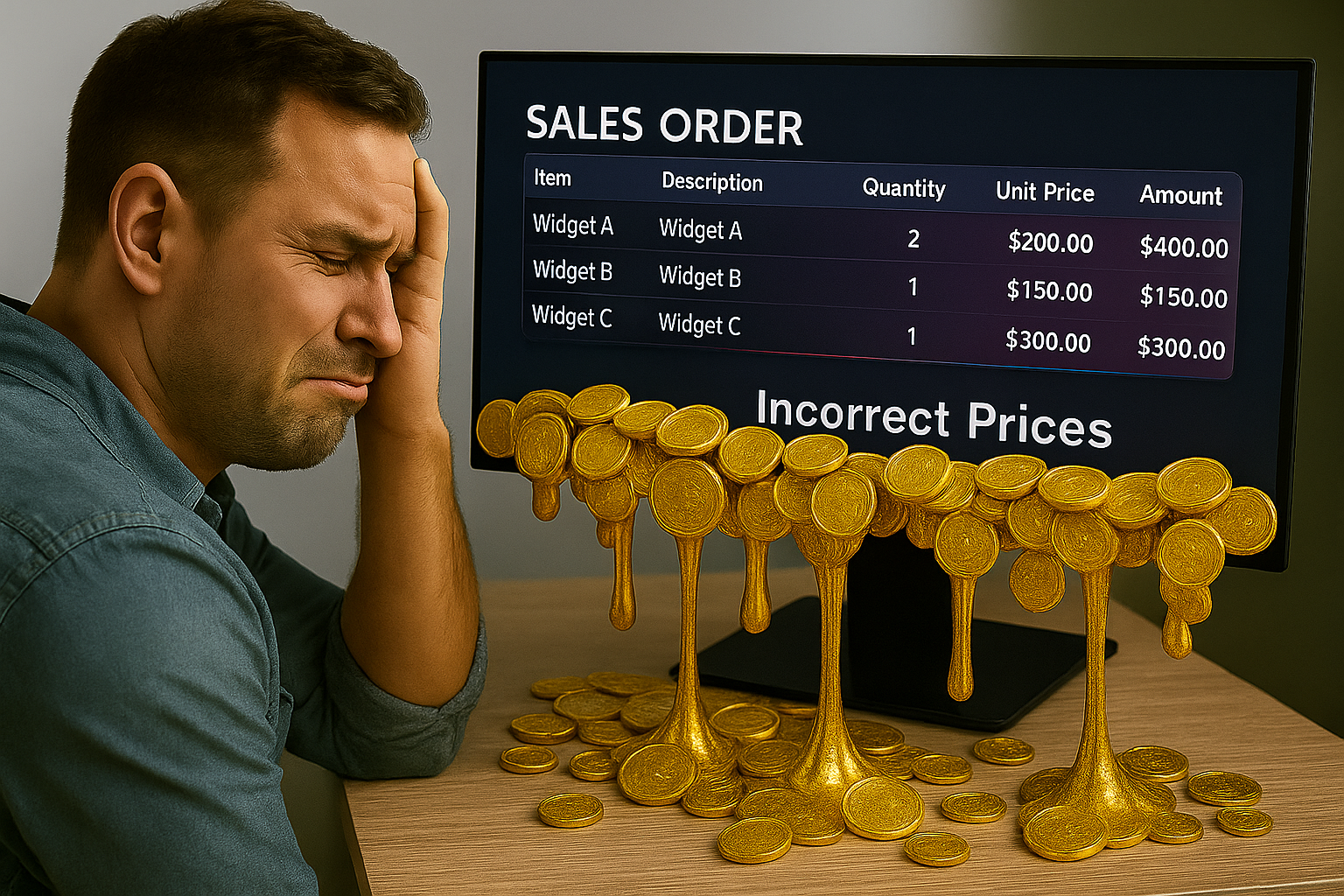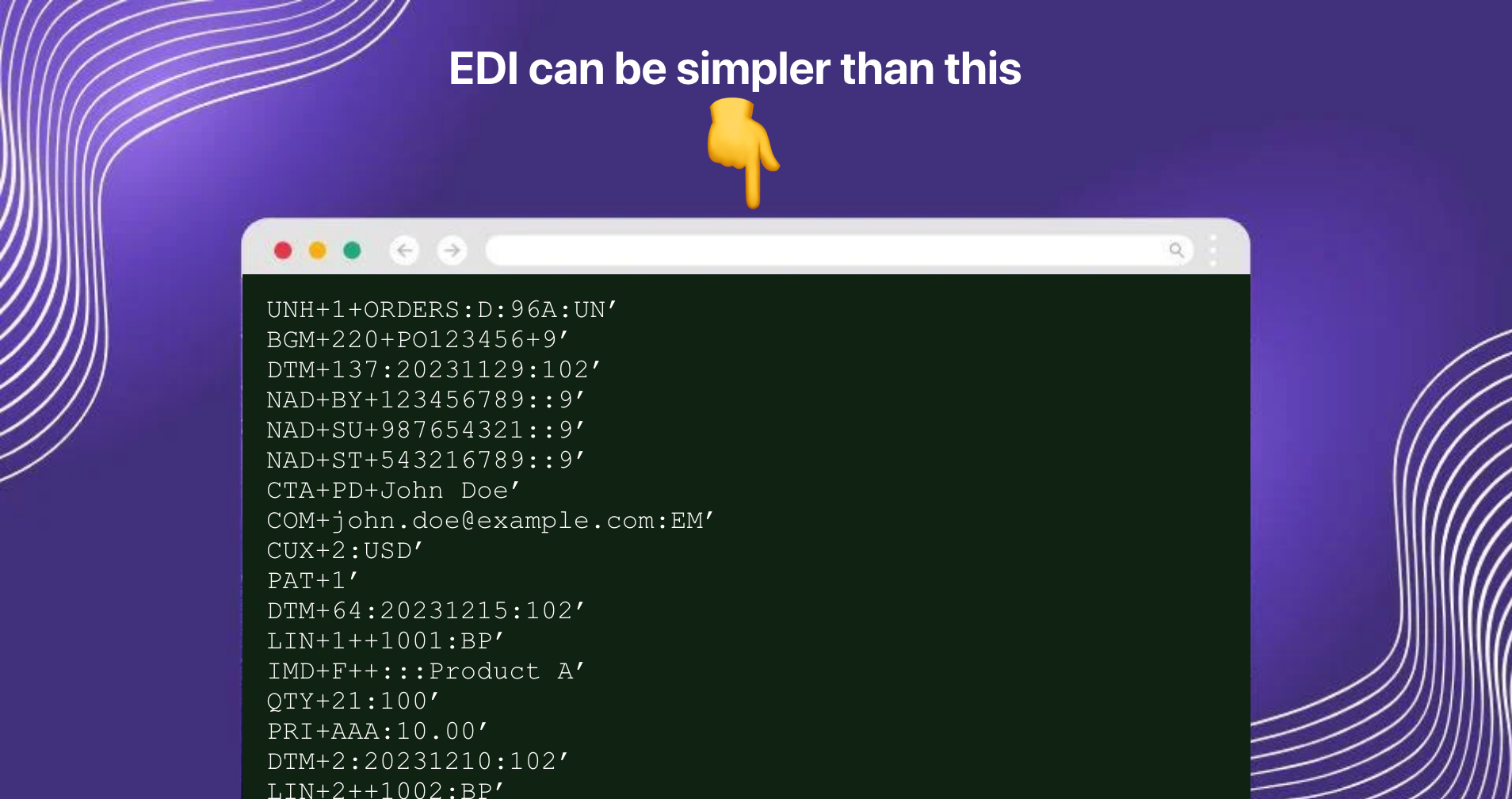Wholesale Pricing – How Do You Get It Right?

What is wholesale pricing? And how do you ensure you set just the right wholesale price for your products? Whether you are a new wholesale business just getting started or an established business launching a new product line, determining the best wholesale pricing strategy can be tricky and a key factor for success.
That’s why we wrote this blog post to help you in the right direction.
What is Wholesale Pricing?
Wholesale pricing is the prices used for a transaction of goods in bulk (large volumes) between businesses. When someone is purchasing, let’s say 100 pairs of shoes instead of one or two pairs, they are buying wholesale. Due to the sheer volume, wholesale transactions typically happen between two businesses, making it a B2B transaction.
On the seller side of a deal are manufacturers, brands, suppliers, and distributors. These wholesale businesses design and/or manufacture their products themselves, have them imported from abroad, or perhaps purchase them wholesale themselves. They then sell their wholesale products to other businesses on the buyer side. Usually, they use wholesale price lists, although it is an old-fashioned way of doing business.
On the buyer side of a transaction, you will often find retailers. These retailers are either brick-and-mortar stores or webshops focused on selling to consumers. The buyer then resells the products retail to consumers, also called B2C (Business-to-Consumer).

(if you want to learn more about wholesale in general, we suggest that you read our definitive what is wholesale guide).
Difference Between Retail and Wholesale Pricing
The main difference between wholesale and retail is the volume of goods in a transaction. Due to the size of the orders, wholesale prices are almost always lower than retail prices. Simply put, the wholesale prices are lower because a discount is given for buying multiple units. But there’s a bit more to it than that. In the subsections below, we will explain some of the things that make wholesale prices different from retail prices.
Wholesale bulk discounts
The main characteristic of wholesale prices is that they are usually lower than retail prices due to bulk discounts. Bulk discounts are not uncommon in retail. When consumers shop in the supermarket, for example, they are exposed to numerous deals offering lower prices, given that they purchase multiple units.
But there still is a difference between wholesale and retail bulk discounts. The difference is that while wholesale discounts are continuous and for all products, the retail discounts are typically only for selected products and as part of a sale.
Wholesale negotiation
Negotiation is a normal practice in wholesale. Wholesale customers are making recurring purchases from the same vendor, and as such, are expecting to negotiate prices and terms.
These negotiations usually revolve around prices, discount levels, and payment terms. But some customers might also demand product exclusivity, meaning, for example, that they are the only retailer in a region that is allowed to buy and resell certain products.
Depending on the size and negotiation power of the customer, they can negotiate different deals. As a result, it is very common to use differentiated pricing in wholesale.
Negotiation of prices and payment terms in retail is a lot less common. Sure, some might try to “haggle” the price, but it’s rarely allowed or considered appropriate.
Wholesale payment terms
Sometimes, the wholesale payment terms are also negotiated between wholesalers and their customers. While payment terms are not the same as pricing, it is definitely related.
For instance, it is common for wholesale customers to have delayed b2b payments. Instead of paying for the purchase instantly as in retail, they get to pay by invoice 8, 30, 60, or 90 days later.
Wholesale Payments – A guide to the benefits and drawbacks.

Wholesale Pricing Models
Three different wholesale pricing models
- Value-based wholesale pricing
- Cost-based wholesale pricing
- Competitor-based wholesale pricing
Value-based wholesale pricing
Also called demand pricing, value-based wholesale pricing is determined by the value of your products. More precisely, it’s based on what you expect is your customers’ perceived value of your products. In this model, the actual cost of manufacturing is not considered relevant for determining the price. This pricing method is relevant for companies that have managed to build a certain level of brand value. Then the customers will be willing to pay more for the brand irrespective of the actual cost of materials and manufacturing.
Cost-based wholesale pricing
Also called absorption pricing, cost-based wholesale pricing does what value-based pricing does not; consider costs. Essentially, what you are doing in the cost-based pricing model, is calculating the total costs of making your product. These costs include, for example, materials, labor, production facilities, and overhead. Divide the total costs by the units made, and you have the cost per unit. Once you know what it costs you to make your product, you simply add a markup. This markup will then be your profit when you sell your products.
Don’t go too crazy with the markup. A higher is not necessarily better, as you need to ensure that your customers are also interested in purchasing your products.
Competitor-based pricing
The last wholesale pricing model is competitor-based pricing. Not relying on perceived value or production costs, competitor-based wholesale pricing is based on information from the market. Essentially, what you are doing, is looking at the prices that your competitors are charging and then pricing your products based on this. It doesn’t necessarily mean that you will set the same prices as your competitors, but rather that you will determine your prices in relation to your competitors.
Why is It Important to Get the Pricing Right?

Getting the pricing right is crucial – not only for wholesale. According to Marketwatch, 18% of startups fail due to pricing and cost issues. That’s even more than the percentage of companies failing for having a poor product (17%)!
But for wholesale, since you are dealing in bulk, getting the price right might be even more critical. Even a small adjustment in price can result in huge revenue and profit margin jumps, not to mention that better product pricing creates returning wholesalers.
Prices too high
If your wholesale prices are too high, you risk losing interest from your customers. It simply won’t be attractive for them to order your products.
Prices too low
First of all, decreasing your prices will, of course, diminish your revenue and profit margin per product sold. This means you will have to sell additional units to make up for the lower price.
Another issue, if your wholesale prices are too low, is the risk of making your products appear “cheap”. If the customers’ perceived value of your products is low, they might not want to purchase them even if they get a great deal.
Just right
So how do you ensure you land your prices somewhere between too high and too low? We will give you some hints in the next section.
How to Set the Correct Prices?
First, you should know that there is no one-size-fits-all approach. Unfortunately, we are not going to give you a formula that will ensure you 100% correct wholesale pricing.
What we are going to do, is to give you some tangible tips to help you narrow in on the best price for your business and products. From here, you can maneuver the rest of the way to that perfect wholesale pricing for your products.
Things to consider when setting wholesale price
In theory (economic theory, that is), setting the right price is a question of supply and demand. In a simple supply and demand model, the price essentially depends on the quantity, and setting your equilibrium price is fairly simple.
The reality, of course, is a lot more complex. And there are a lot of factors to consider. A few of them are:
- What products you are selling (their value, for example)
- Where you are selling your products (directly to retailers? Or perhaps via an online marketplace?)
- The competition (how many competitors do you have, and what are they pricing their products?)
- Your general strategy (are you relying on exclusivity or volume?)
- Your customers (who are your customers, and how much can they afford to pay if they are to make a profit as well?)
Below, we are going to show you three wholesale pricing models. These models take one or multiple of these factors into consideration in order to determine the optimal price.

How to Calculate Profitable Wholesale Pricing
Setting the right wholesale pricing is essential for any business that wants to maintain profitability while remaining competitive. Wholesale pricing is typically lower than retail pricing since it accounts for bulk purchases and the need to leave room for the retailer’s profit margin. Here’s a guide on how to calculate wholesale pricing effectively.
Key Factors to Consider
- Cost of Goods Sold (COGS): This includes all the direct costs associated with producing your product, such as materials, labor, and manufacturing overheads.
- Overhead Costs: These are the indirect costs of running your business, such as rent, utilities, and administrative expenses.
- Desired Profit Margin: The amount of profit you want to make from each unit sold.
- Market Rates: The typical wholesale prices in your industry, which can help you stay competitive.
- Volume Discounts: Consider offering lower prices for larger order quantities to encourage bulk purchases.
Steps to Calculate Wholesale Price of a Product
- Calculate COGS
- Add up the costs of materials, labor, and any other expenses directly related to production.
- Example: If your COGS per unit is €10, this is your starting point.
- Include Overhead Costs
- Determine your overhead costs and allocate a portion of these costs to each unit produced.
- Example: If your monthly overhead is €2,000 and you produce 1,000 units per month, the overhead cost per unit is €2.
- Set Your Profit Margin
- Decide on a reasonable profit margin. This is often expressed as a percentage of the cost.
- Example: If you want a 20% profit margin, you would add €2 (20% of €10) to your unit cost.
- Calculate the Wholesale Price
- Add your COGS, overhead costs, and desired profit margin.
- Example: COGS (€10) + Overhead (€2) + Profit Margin (€2) = €14
Additional Considerations
- Market Research: Look at your competitors’ prices to ensure your pricing is competitive.
- Volume Discounts: Offer reduced prices for larger orders to give some incentive to wholesalers to bulk purchases.
- Seasonal Adjustments: Adjust your prices based on demand fluctuations throughout the year.
- Shipping and Handling: Decide if these costs will be included in your wholesale price or charged separately.
Tools for Calculating Wholesale Pricing
- Spreadsheets: Simple and effective for small businesses.
- Accounting Software: Programs like QuickBooks or Xero can help automate the process.
- Specialized Pricing Tools: There are various software solutions designed specifically for pricing strategy.
Example Calculation
Let’s say you produce handmade candles. Here’s a step-by-step calculation:
- COGS: €10 (materials, labor, and manufacturing costs)
- Overhead Costs: €2 per unit
- Desired Profit Margin: 25% of COGS (€2.50)
Wholesale Price Calculation:
- COGS: €10
- Overhead: €2
- Profit Margin: €2.50
Wholesale Price: €10 + €2 + €2.50 = €14.50
By following these steps and considering the key factors, you can set a wholesale price that covers your costs, includes a healthy profit margin, and remains competitive in the market.
Now Go and Set Those Wholesale Prices!
Now it’s time to take what you’ve learned and determine the wholesale prices for your products. As mentioned above, there is no one-size-fits-all model. The best you can do is to try to get as close as possible, and then remember that you will need to readjust. Most likely multiple times.
You need to evaluate your prices constantly and make changes into consideration. These changes might be your costs, the competitive landscape, or just general trends. As long you are willing to stay agile and adjust prices to the current situation, we are certain that you prevail!

